A survey of China's coffee market: the new bright spot of convenience store coffee is still latte.
Professional coffee knowledge exchange more coffee bean information please follow the coffee workshop (Wechat official account cafe_style)
The hot coffee war has been extended since last year. "New Retail Coffee", which has emerged as a new force in the field of takeout coffee, has always been the most eye-catching player, but in fact, as an emerging product, the penetration of new retail coffee in the domestic market is still low. On the other hand, the third coffee tide guided by hand-made boutique coffee is becoming more and more intense in China. Many boutique coffee brands are favored by capital and begin to accelerate efforts to seize the cake while educating the market.
Chinese consumers are more and more fond of buying coffee out.
According to the latest report released by Mintel, a market research and consulting firm, under this coffee consumption boom, the total value of China's external coffee market reached 64.7 billion yuan in 2018, an increase of 7.5 per cent year-on-year in 2017 and 6 per cent in 2016-2017. In view of Chinese consumers' love of drinking coffee outside, the total value of China's external coffee market is expected to continue to grow at an average annual compound growth rate of 6 per cent between 2019 and 2023.
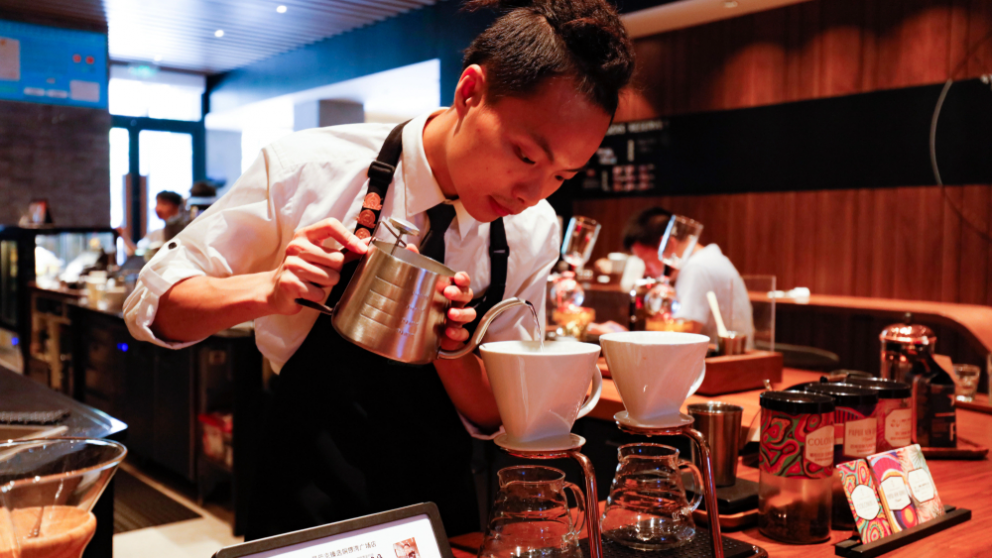
Now the data prove that China's coffee consumption market is growing rapidly, especially the external coffee market. Chinese consumers are more and more fond of buying coffee out.
In terms of the number of stores, the current opening rate of new stores in the coffee industry is not as fast as the closure of existing stores, so the growth rate of the number of existing coffee stores is still negative 2% in 2017-2018-fortunately, compared with the negative 4.4% growth rate in 2016-2017, this figure is shrinking. After the wave of closures in recent years, the number of coffee shops in China is expected to grow in the next two years, reaching 74000 by 2020.
New retail brings hot coffee consumption, but will eventually calm down.
Like other domestic industries, the traditional coffee shop model has also suffered the impact of "new retail coffee". But in essence, the new retail coffee has always been a new product in the eyes of public consumers, although the new retail coffee has sprung up in the past year, such as lucky, Lian coffee, etc., through a large number of preferential subsidy price war to attract consumers to buy. But less than 1/4 (23%) of consumers who buy coffee from existing sources at least once a month say they have bought new retail coffee, and the potential of the "new retail" model has not yet been fully realized, according to Mintel. Relying on strong discounts and takeout services, new retail coffee may be able to quickly capture consumer market share, but more importantly, other advantages need to be developed to gain a foothold.
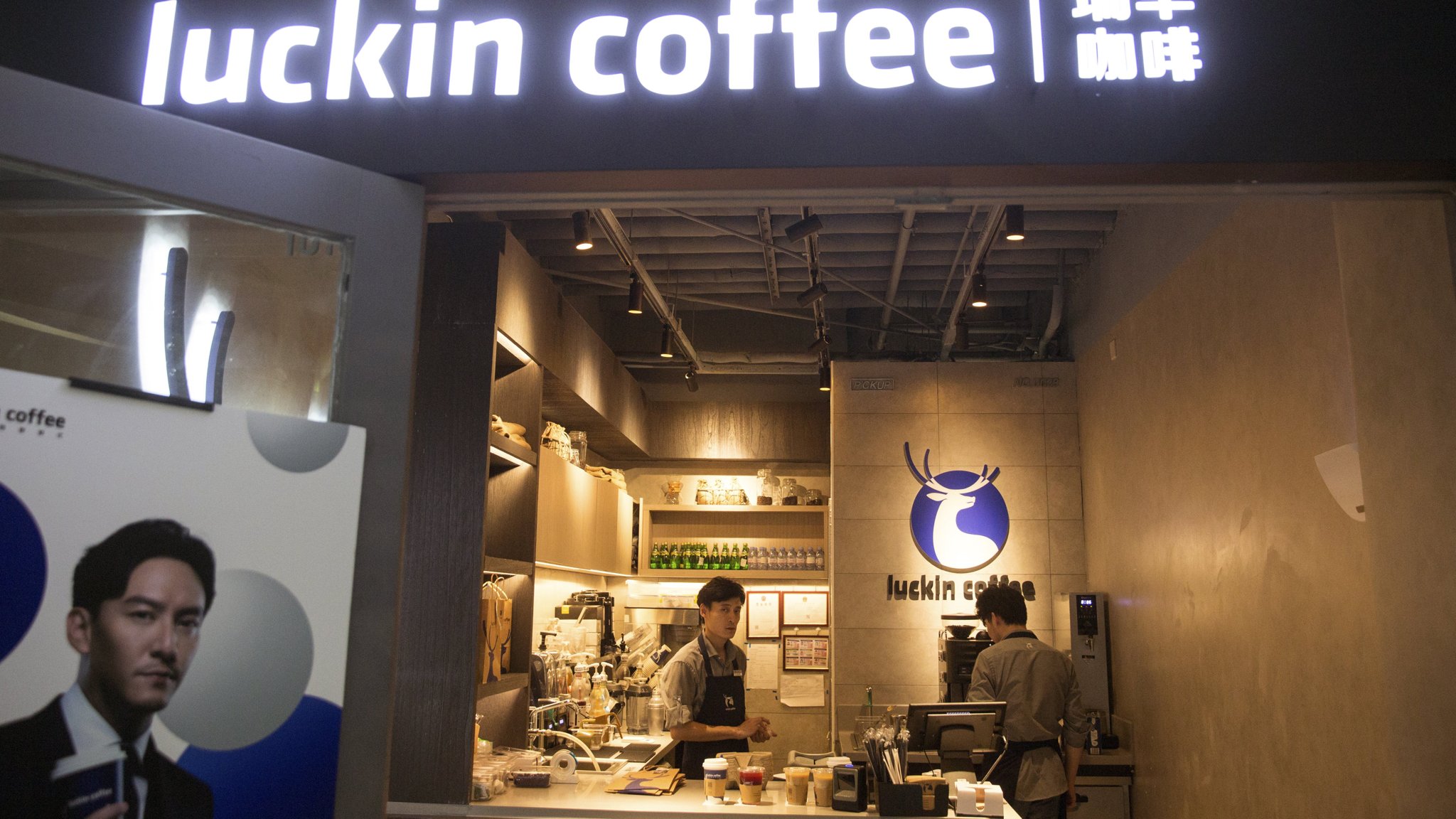
The blowout growth of new retail coffee shops and the increase in the number of international and local coffee brands have given today's consumers more choices when drinking coffee. Similarly, the number of stores in this segment will increase over the next two years. However, this growth rate will slow, in large part because of Chinese consumers' love of traditional tea drinks and the prosperity of tea shops. There is still a long way to go for China's coffee industry to change from a traditional "tea-drinking country" to a "coffee-consuming country".
It's not necessarily Luckin Coffee that overwhelms Starbucks, it's more likely to be convenience store coffee.
However, compared with the new retail coffee in the central location, and the traditional coffee chain that has been responsible for the education market, the most eye-catching thing in the past year is convenience store coffee. According to the Mintel report, more than half (52%) of consumers drink ready-made coffee in convenience stores, while only 44% of consumers drink ready-made coffee in traditional coffee chains.
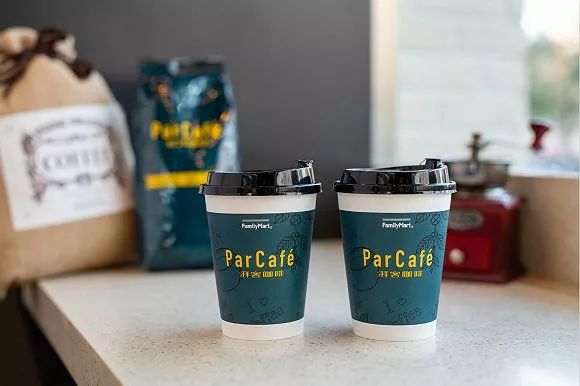
Among the heavy coffee users who buy coffee every day, 10% of consumers have bought coffee in convenience stores and only 5% in traditional coffee chains. In other words, convenience store coffee may be more popular than coffee chain coffee in the eyes of real coffee addicts.
Part of the reason is that convenience stores associate coffee with a wide range of breakfast options and have advantages in terms of location and pricing. Compared with traditional chain coffee stores, convenience stores are more densely distributed, and convenience store coffee is obviously better for consumers who consume coffee more frequently. And there is no doubt that the price advantage of convenience store coffee is also obvious. A cup of American coffee for the whole family costs only 10 yuan, a medium latte costs 12 yuan, and coffee in convenience stores such as 7-Eleven and Rosen are priced under 20 yuan. By contrast, the price of Starbucks is much higher, with the unit price of its regular Italian coffee drinks almost all around 30 yuan.
Latte is still the most popular coffee drink.
In terms of taste, lattes are still the safest and most popular choice. According to Mintel, coffee drinks in the Chinese market are latte, cappuccino, mocha, American, flavored coffee and cold extract from high to low. Overall, Chinese consumers now prefer coffee with milk to espresso and American coffee.

More than half of exotic coffee consumers have ordered lattes (54%) or cappuccinos (52%). The second most popular drinks were mocha (45%), American coffee (38%), flavor coffee (36%), espresso (26%) and cold extract coffee (23%). The vegetable protein and milk mixed coffee which has become popular in recent years is still a relatively new concept for Chinese coffee consumers. Only 22% of the current coffee consumers have bought this kind of coffee drink.
Lattes and cappuccinos are the two most common and popular drinks in coffee shops, and they are also the first step for many consumers to taste coffee. Once consumers fully accept coffee with milk, they are more likely to switch to coffee without milk, such as American or cold coffee. Of course, it is difficult to stand out and attract more consumers in the highly homogenized coffee market by providing only basic coffee options. The current challenge of the traditional coffee shop model is not only to attract new customers to shop, but also to actively face the impact of "new species" and "new models" brought about by the rapid evolution of science and technology.
END
Important Notice :
前街咖啡 FrontStreet Coffee has moved to new addredd:
FrontStreet Coffee Address: 315,Donghua East Road,GuangZhou
Tel:020 38364473
- Prev
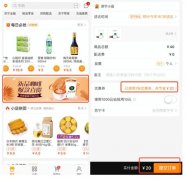
SUNING shop quietly online take-out coffee business _ Lion Coffee delicious?
Professional coffee knowledge exchange more coffee bean information please follow the coffee workshop (Wechat official account cafe_style) April 10, SUNING shop APP quietly launched take-out coffee Lion Coffee, seems to intend to enter the field of take-out coffee. After checking APP, the reporter learned that at present, take-out coffee can be delivered within half an hour at most, and the price ranges from 15 yuan to 25 yuan, with a 50% discount for coupons.
- Next
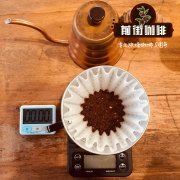
The coffee shop pays for bitcoin? Paid the startup Flexa crowdfunding to get $1410.
Professional coffee knowledge exchange more coffee bean information please follow the coffee workshop (Wechat official account cafe_style) in the early morning, the sun shines on your bed, tidy up and go out. Then go to the coffee shop near the company, order a cappuccino and check out in bitcoin. Through the film on Flexa's official blog, it can be seen that the company is committed to achieving such a market.
Related
- A complete list of coffee bean names and their meanings! What is Yejia Shefi coffee? Where is Mantelin coffee?
- What grade does Arida Manor Kaduai coffee beans belong to? What treatment is Arida ASD slow anaerobic sun exposure?
- The milk tea cup becomes smaller?! Overlord Tea Girl launches a new "Return to Yunnan" series
- Accused of selling counterfeit and high-priced coffee beans! Well-known boutique coffee brand "Oukelao" bowed and apologized!
- How to make espresso dumplings? Can I eat coffee and glutinous rice balls together?
- Save the unformed and stagnant powder cakes in one second! What is the problem with stagnant water in the powder bowl of the espresso machine?
- What does hand-brewed coffee stop mean? Why is it not recommended to make coffee by hand?
- Is it normal to smell like coffee? Why does coffee smell like alcohol? What's wrong with the strong smell of cold extract ice dripping ice brewed coffee?
- How to solve the problem that hand-brewed coffee extraction takes too long? Why is the water flowing so slowly when making coffee?
- The main points of making Australian white coffee, the proportion details, how does Australian white properly foam and blend the flowers?

